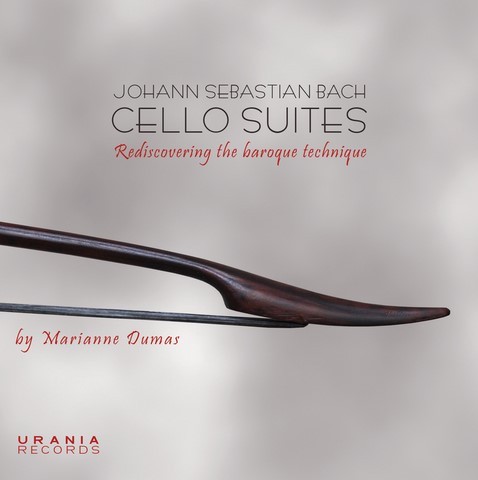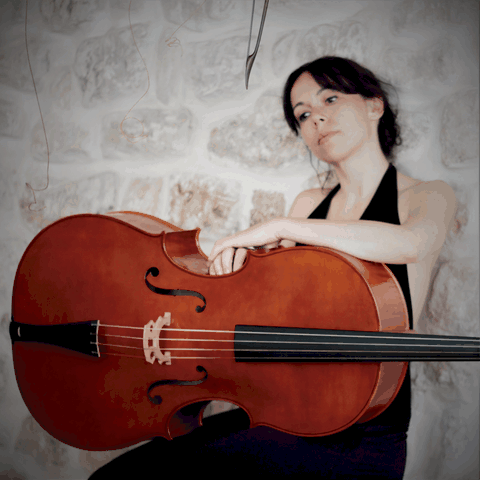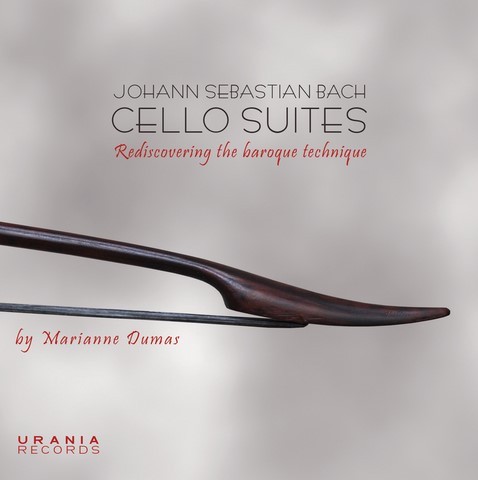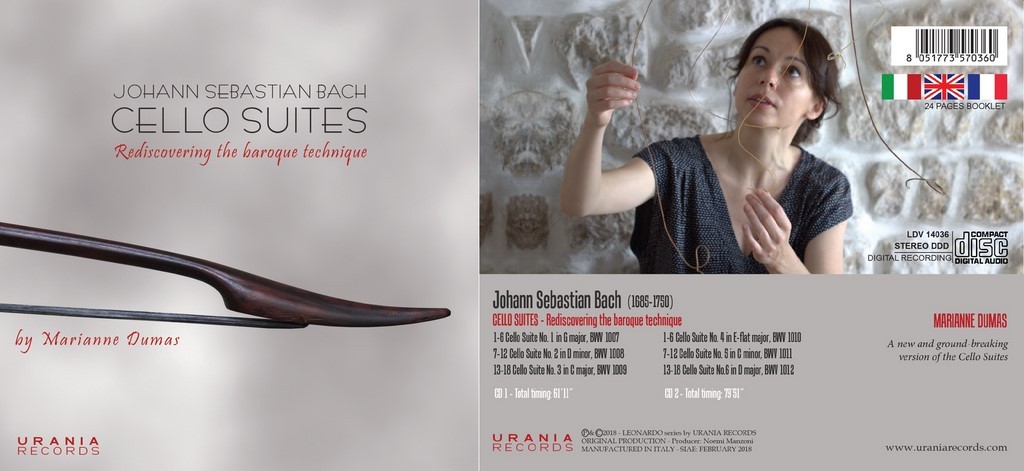Un proyecto artistico 100% independiante, made in Berlin.
.
comenzó como una investigación personal y se convirtió en un proyecto de investigacíon y grabación.
al reves ?!
En octubre de 2014, debido a la similitud entre la viola da gamba y el violonchelo barroco, intenté invertir la técnica de arco del violonchelo en las Suites de Bach. Durante este experimento, instantáneamente sentí una mejor respuesta del instrumento y, por consiguiente, más resonancia. Esta experiencia me llevó a comenzar un proyecto que incluye: una investigación sobre los orígenes, la configuración y la técnica de arco del violoncello, la creación de una nueva edición de Urtext de las Suites, y la grabación de esta edición en la con los. El sonido fue mi guía. Mi objetivo era alcanzar una conexión entre la vibración del violonchelo y la armonía para permitir que la música de Bach haga su magia.
MD
a journey
Marianne comenzó sus investigaciones en 2009. Primero investigó la técnica, la postura y la resonancia del instrumento utilizando siempre las Suites de Bach como referencia. En 2014, cuando todavía estaba buscando más respuestas, Marianne se mudó a Berlín y comenzó a trabajar a tiempo completo en su proyecto. Una vez en Berlín, tuvó encuentros con fabricantes de instrumentos, cuerdas, arcos barrocos, realizó su investigación en bibliotecas, incluido el instituto de investigación en musicología de Berlín.
Siguiendo este proceso, escribió una publicación sobre el violoncello, su origen, técnica, configuración y evolución. También hizo una nueva edición de Bach Cello Suites y la grabó con los instrumentos del proyecto (configuración completamente barroca).
CALENDARIO DEL PROYECTO
Arrived in Berlin
03/09/2014
Started the search of the bow for the Suites
10/09/2014
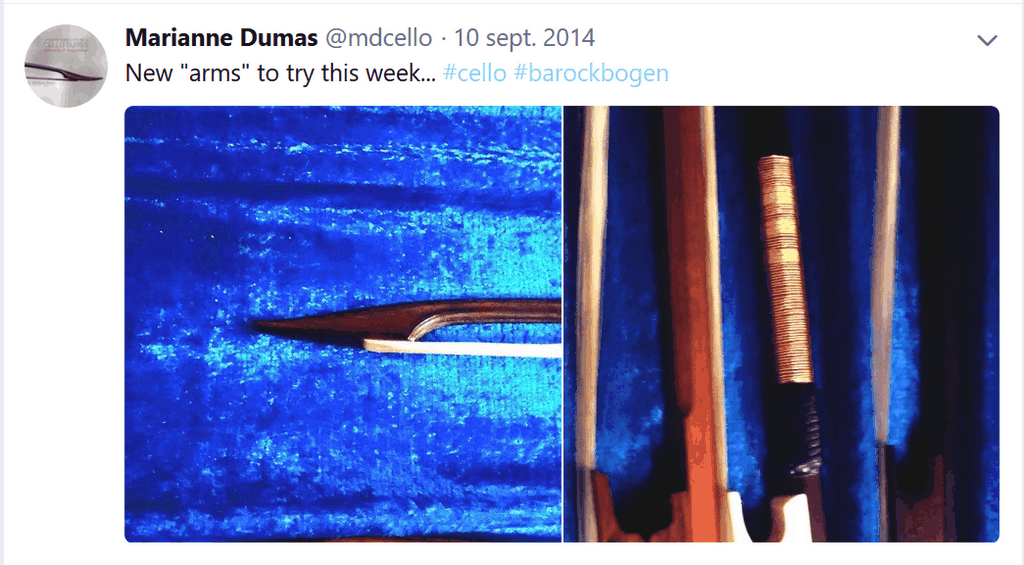
The Baroque Cello of the project
15/09/2014
Made by Daniel König in Leipzig
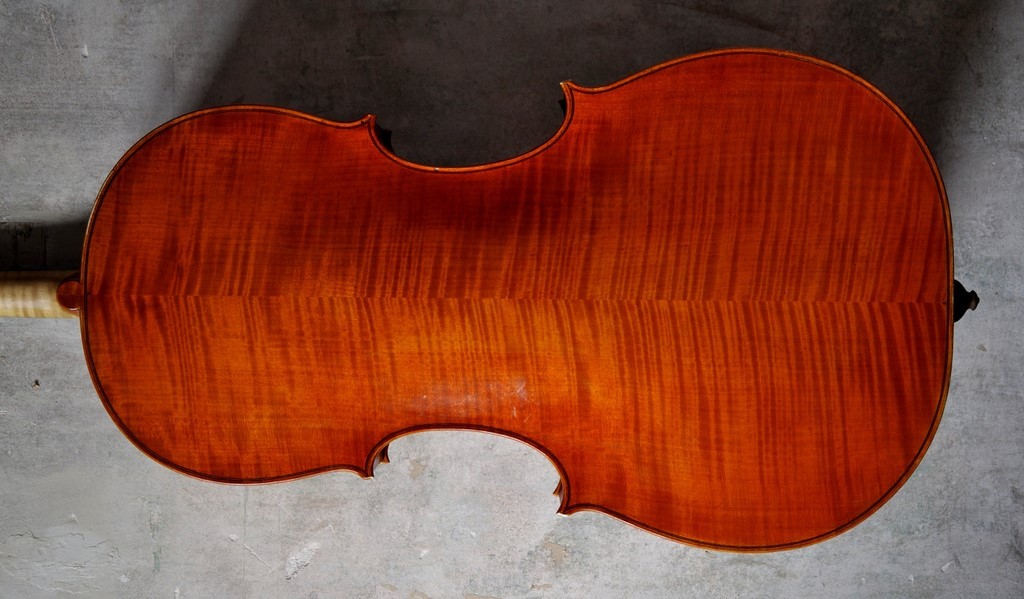
26/09/2014

What if a dow stroke was an up bow in cello playing?
10/10/2014
The strings
21/10/2014
Set of strings made by Pure Cordes, Potsdam
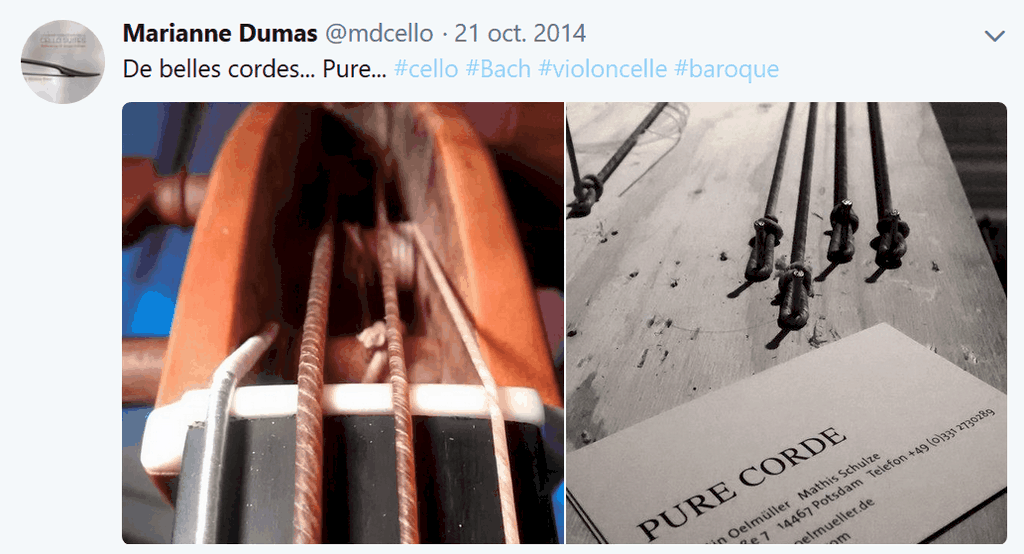
Understanding how to write slurs...
03/11/2014
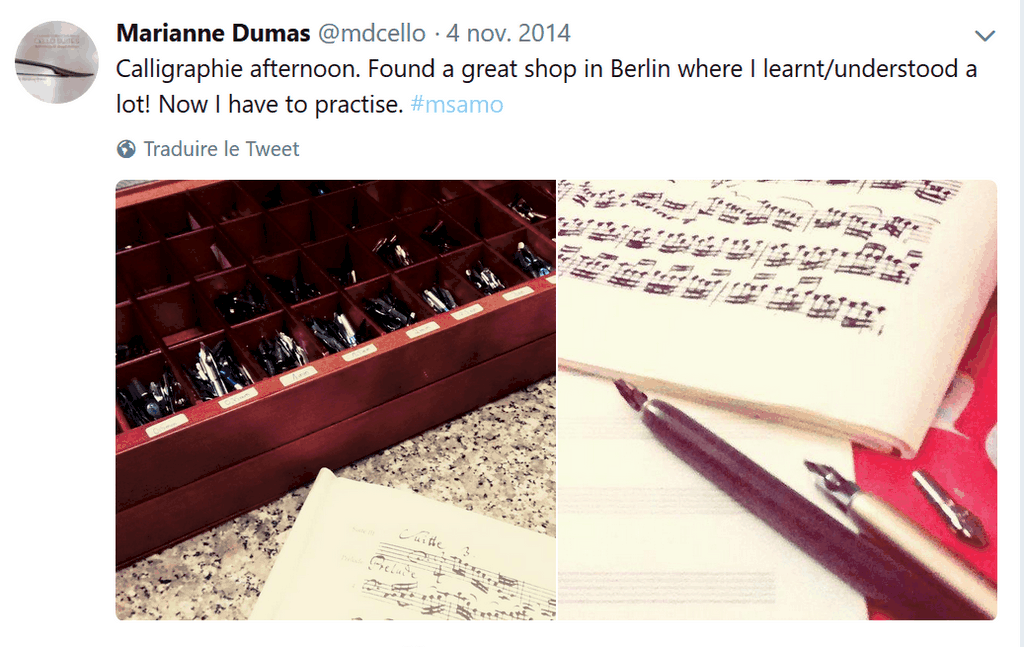
URTEXT EDITION
14/10/2014
Making the new urtext edition
October 2014-December 2015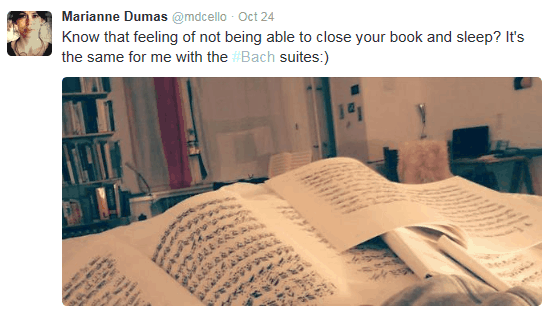
THE BOW!
28/11/2014
Mr. Reiners was of a precious help. I asked him for a model of bow that was used in Germany when Bach composed the Suites. A clip in frog bow.
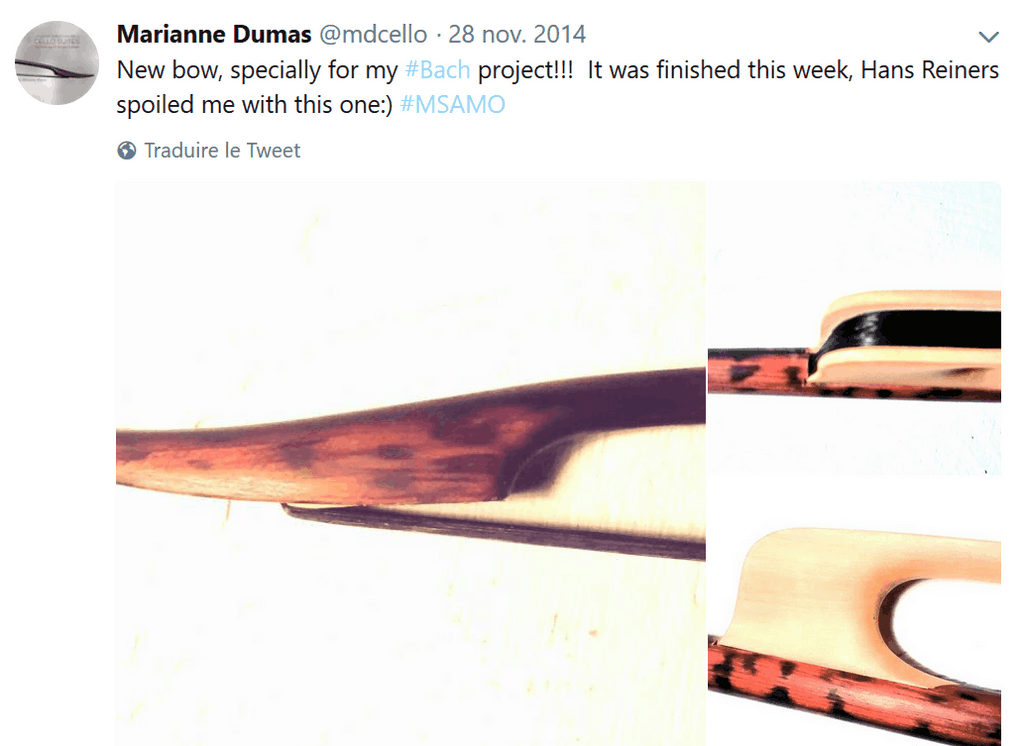
Kept exploring the set-up possibilities in Leipzig
14/03/2015
With Daniel König, the maker of the cello
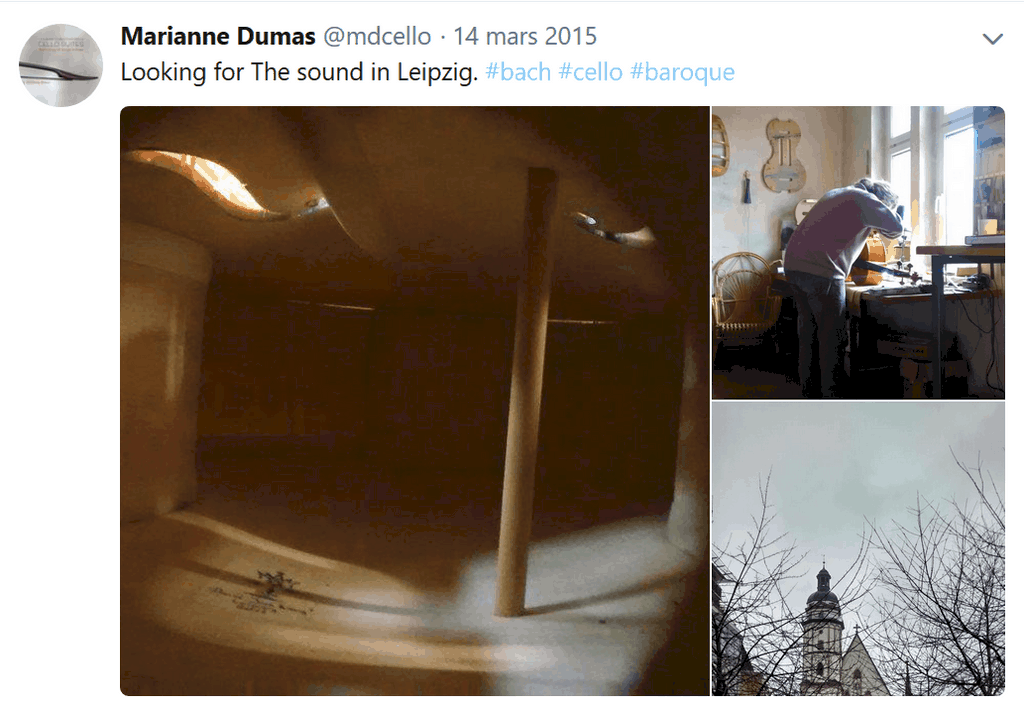
Meeting with Ton Koopman
25/06/2015
A very helpful meeting where we talked about phrasing with Maestro Koopman, I also explained my technique to him and received his encouragements
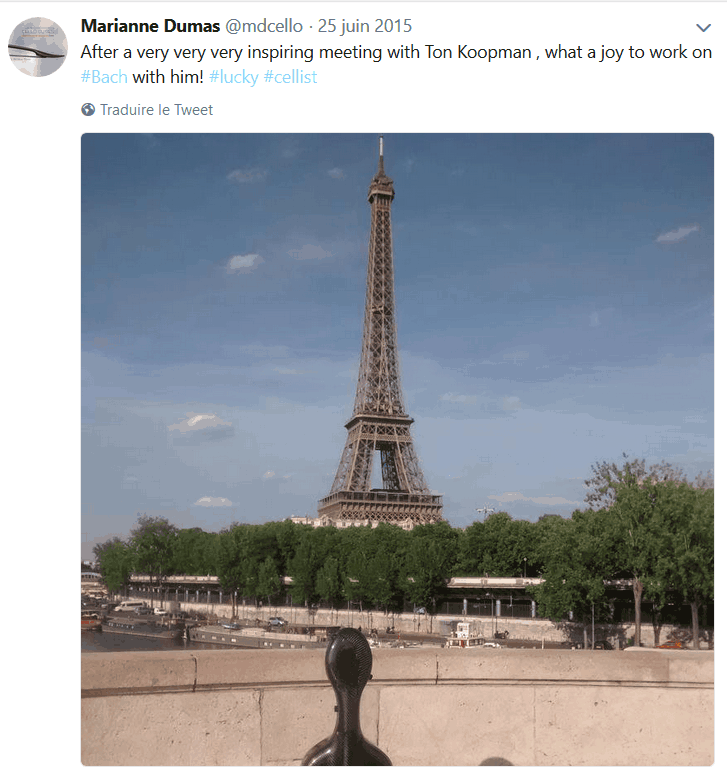
RECORDED THE 6 SUITES
17/03/2016
5 days at the B#Sharp Studio in Berlin
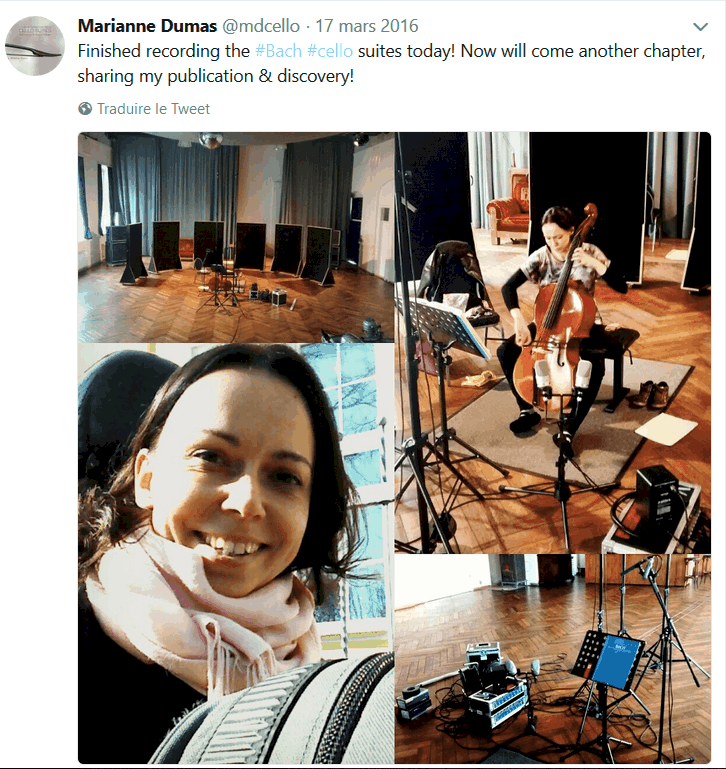
Meeting with Yo-Yo Ma
26/10/2016
A Very nice meeting with Yo-Yo Ma, where he gave me his support
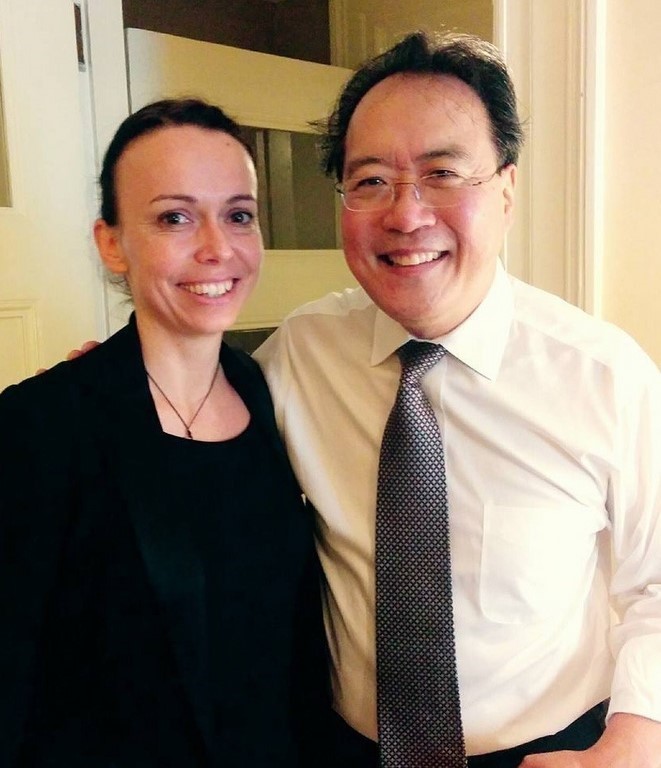
Received Ton Koopman's comments about the recording
03/09/2018
"I listened to the 6 Bach suites with pleasure. Very well done, I liked very much the resonance, intonation and the way of playing. Very convincing. A very good work and great success technically."
The New Edition
03/09/2017
Entered my Urtext edition of the Suites in the computer (the one of the recording)
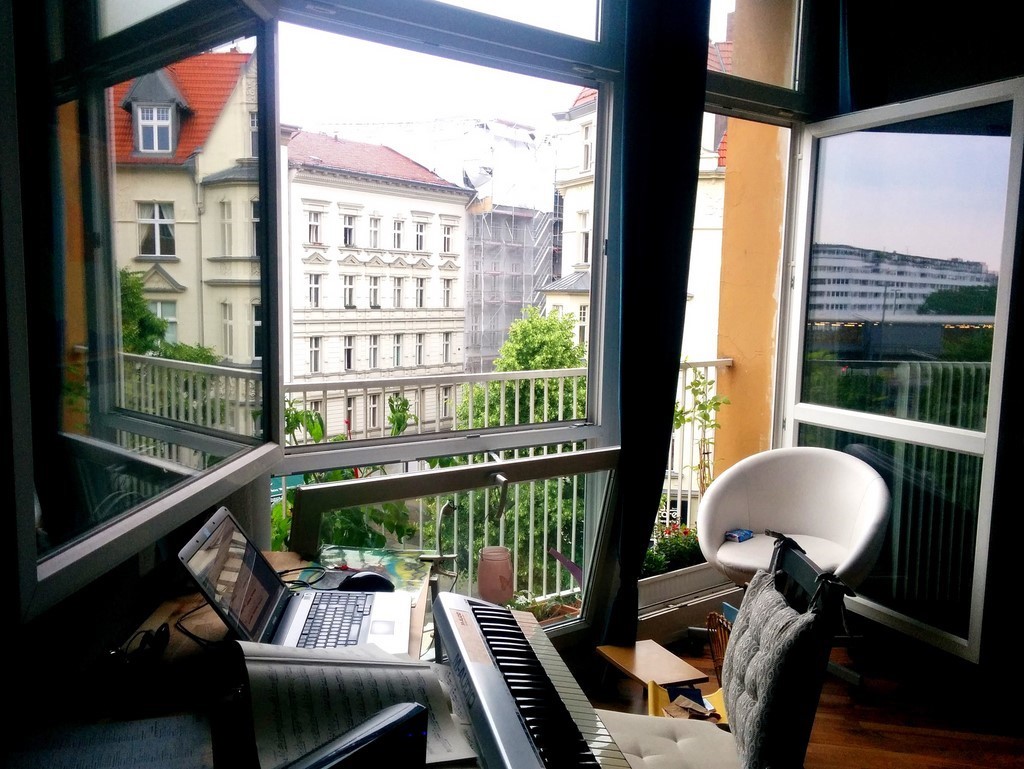
Signed with URANIA RECORDS
15/01/2018
The recording
2018
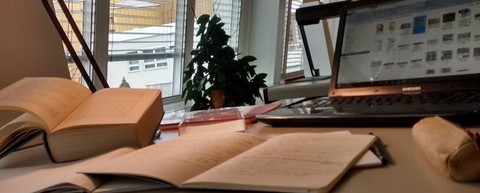
How did you make this discovery?
(...) I then explored this idea and began playing the prelude of the First Suite on an up bow, which had seemd to me to be completely irrational. This experiment convinced me, I felt the vibration of the violoncello ad my arm followed the order of the strings in the arpeggios. The idea of reversing the bowing technique seemed to me illogical for a cellist but the more I experienced it, the more I became convinced I had keep exploring this topic.
.
.
The Edition
A NEW URTEXT EDITION
.
.NEW urtext edition of the Bach Cello Suites
When she started her research, Marianne's aim was not only to understand the slurs of the manuscripts but to understand the mechanic of the sound of the instrument.
When she noticed that the baroque cello gained a lot of resonance by reversing the bowing technique, Marianne started looking at the score as if it was composed to use similar bow strokes to the viola da gamba. She then reanalyzed the 4 manuscript copies of Suites and made a new urtext edition.
The new edition can be played with "regular" technique, with strong bow on the down; or with the strong bow on the up bow (like on the gamba).
The edition should be available in 2020
